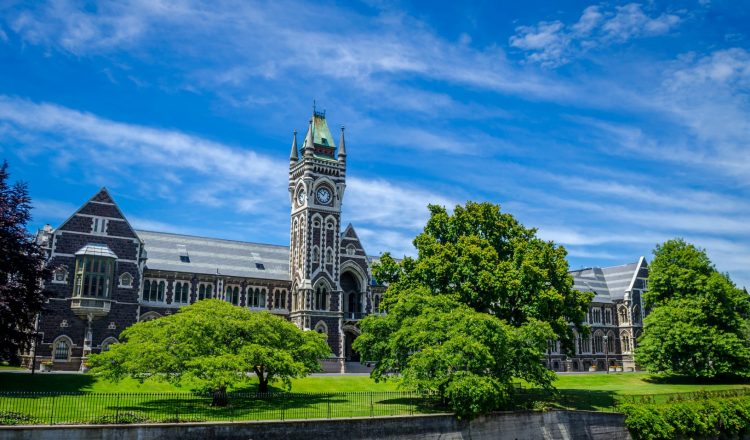年齢層と学年
ニュージーランドでは、6歳から16歳までのすべての子供は、学校に通うか、家庭で教育を受ける必要があります。ほとんどの子供は、5歳になると学校に通い始めます。子供たちは、5歳から6歳の間に学校に通わなければなりません。すべての子供たちは、6歳の誕生日までに学校に通うか、家庭教育を受ける必要があります。お子さんが学校に通い始めたら、病気などで通えない正当な理由がない限り、毎日学校に通わなければなりません。
ニュージーランドの学校制度は13年制です。学校教育はプライマリースクール(日本の小学校に相当)から始まります。プライマリースクールでの最初の1年間は「Year 1」と呼ばれています。プライマリースクールは、「フル」プライマリースクールであればYear 1からYear 8まで、「コントリビューティング」プライマリースクールであればYear 1から6までをカバーしています。
コントリビューティング・プライマリースクールに入学した場合は、Year 7とYear 8を修了するために、インターミディエイト・スクール(日本の中学校に相当)に通うことになります。プライマリースクールまたはインターミディエイト・スクールを卒業したお子さんは、セカンダリースクール(「カレッジ(専門学校)」または「高校」とも呼ばれます)に通い、最終学年(Year 9〜13)を修了します。Year 13になる前にセカンダリースクールを退学することもできますが、16歳の誕生日を迎えるまではできません。
留学生がニュージーランドの学校に入学した場合、ほとんどの場合、同じ年齢の子供たちと同じ学年になります。例えば、お子様が10歳であれば、他の10歳の子供たちと一緒にYear 5かYear 6に編入されるでしょう。中等教育年齢(12歳または13歳)の場合、どの学年に入るかは、NCEA(National Certificate of Educational Achievement)の資格を取得するための時間を確保できるかどうかにかかっています。
| 学年 | 旧制度 | 学年の始めの年齢 | 学年末の年齢 [19] |
|---|---|---|---|
| 0 | ジュニア 0/プライマー 1&2 | 4-5 | 5-6 |
| 1 | ジュニア1/プライマー 1&2 | 4-5 | 5-6 |
| 2 | ジュニア2/プライマー 3&4 | 5-6 | 6-7 |
| 3 | スタンダード 1 | 6-7 | 7-8 |
| 4 | スタンダード 2 | 7-8 | 8-9 |
| 5 | スタンダード 3 | 8-9 | 9-10 |
| 6 | スタンダード 4 | 9-10 | 10-11 |
| 7 | フォーム 1/スタンダード 5 | 10-11 | 11-12 |
| 8 | フォーム 2/スタンダード 6 | 11-12 | 12-13 |
| 9 | フォーム3 | 12-13 | 13-14 |
| 10 | フォーム 4 | 13-14 | 14-15 |
| 11 | フォーム 5 | 14-15 | 15-16 |
| 12 | フォーム6 | 15-16 | 16-17 |
| 13 | フォーム7 | 16-17 | 17-18 |

















































